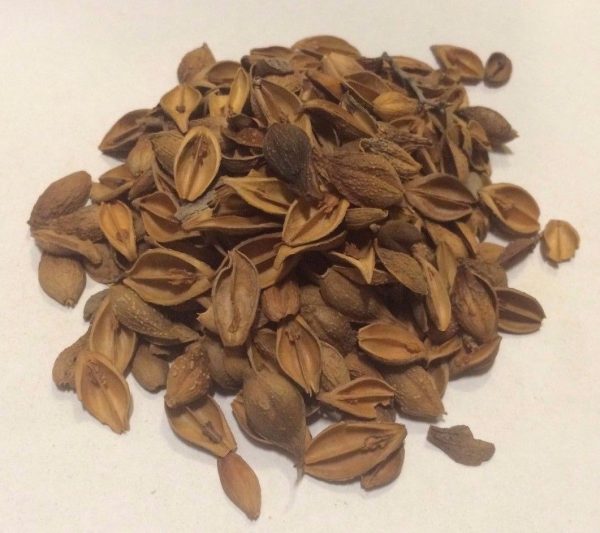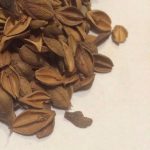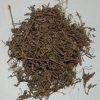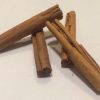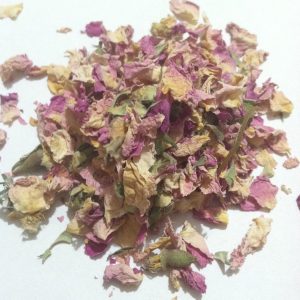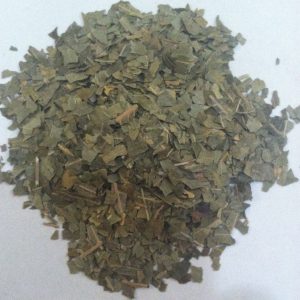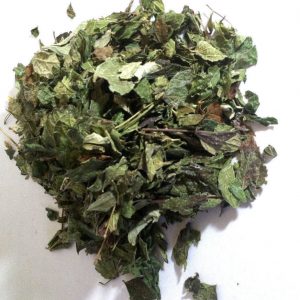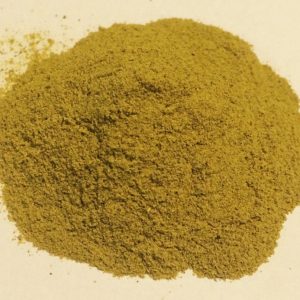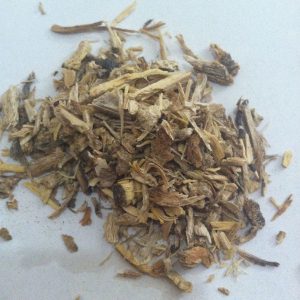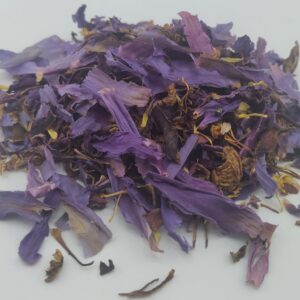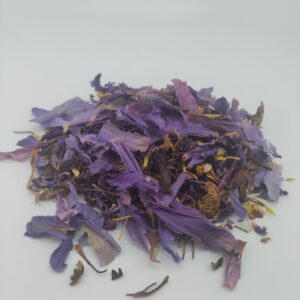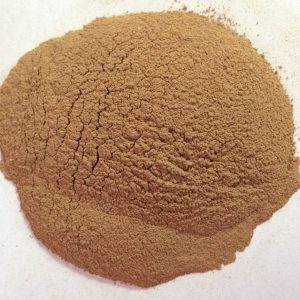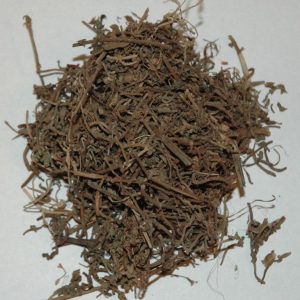Description
Common Name Standardized: forsythia
Other: goldenbells Botanical Name Forsythia suspensa (Thunb.) Vahl
Plant Family: Oleaceae Overview Introduction Forsythia fruit is the fruit of those lovely bright yellow bushes that are often the first thing to bloom in spring in any northern climate. Native to China, forsythia grows nearly everywhere in the world. In the US it is grown mostly as an ornamental. It is named for 18th century English gardening expert William Forsyth, who was one of the founders of the Royal Horticulture Society. Although native to China, it was brought to the west by botanist Robert Fortune in 1833. Constituents Phenylethanoids, forsythiaside and suspensaside, lignans, phillyrin and (+)- pinoresinol O-p-D-glucoside and phenylethanoids Parts Used Fruit Typical Preparations Steamed and dried, used in decoctions and infusions, teas, capsules and extracts. Summary Forsythia fruit has been used for thousands of years in traditional Chinese medicine, though the first mention of its most common use – in honeysuckle forsythia flower blend – is in a 1789 herbal compendium. Precautions Specific: Not for use in pregnancy except under the supervision of a qualified healthcare practitioner.
General: We recommend that you consult with a qualified healthcare practitioner before using herbal products, particularly if you are pregnant, nursing, or on any medications. For educational purposes only This information has not been evaluated by the Food and Drug Administration.
This information is not intended to diagnose, treat, cure, or prevent any disease.



